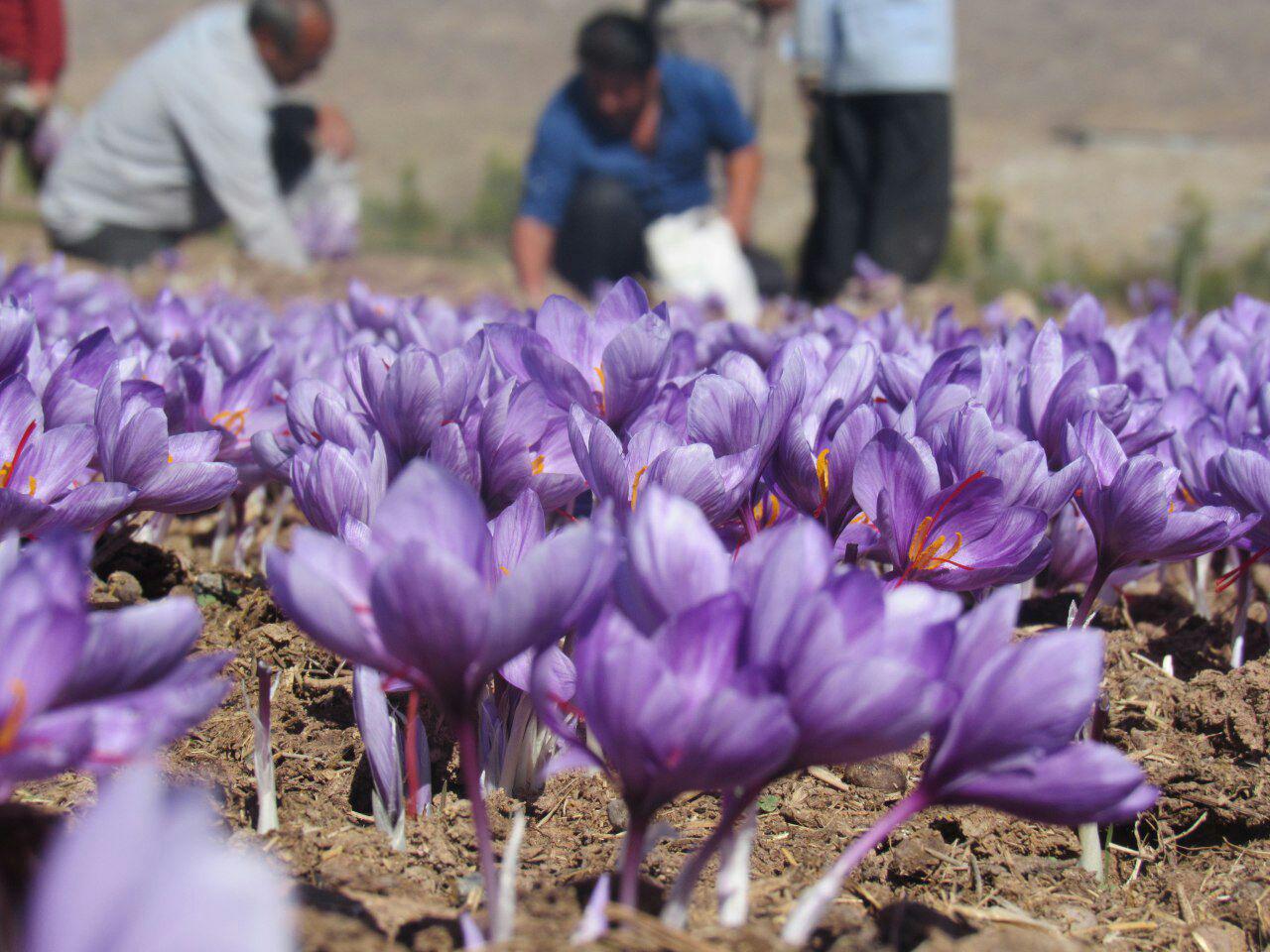

Cultivation systems in closed environments such as hydroponics and air conditioning (aeroponics) are one of the modern methods for the production of some plants with a short growth period and high growth rates. Today, this technique is especially used in vegetables such as lettuce, tomatoes, cucumbers and other vegetables, as well as some ornamental plants such as tulips, hyacinths, alstromeria, and so on. It is very economical and highly profitable. The greatest benefit of this system is the maximum use of space and crop area due to its high class and high density, which greatly reduces the cost of land preparation and land preparation operations.
Introduction to Greenhouse Saffron Planting Method by Aeroponics Method
After the grass is yellowed in June, the bulb is isolated from the soil and stored in a cool, air-conditioned environment. On the first of September, the bulbs over ten grams are placed in wooden strata and taken to a greenhouse and kept at a temperature, light and moisture that varies over time.
In October, onions begin to sprout. During this time, you will go through many bulbs around the onions, which will remove other buds from onions, except for two or three main buds, which will prevent the consumption of onions for flowering.
It goes without saying that the water needed for growth is only provided through environmental humidity and water does not have direct contact with onions for the following reasons:
1 causes root growth in onions.
2 The chance of rot onion increases.
3 causes the disease to spread.
The onions begin to flower in late November or early December, and after flowering, the onions are removed and the stages of disinfection are removed and the extra buds are returned to the ground. The following steps are repeated in the following year.
Benefits of Planting Greenhouse Saffron in the Aeroponics Method
1- Avoid sprays on water and get out of the reach of the plant (reduce water consumption).
2- Control of light and moisture to preserve the aroma of saffron.
2- Not having the usual costs of land preparation, irrigation, pest and disease control and weed weeding.
3- The efficiency of the product compared to the more traditional method of cultivation.
4. Environment is very suitable and sanitary and away from any kind of pollution.
Disadvantages of Irrigated Greenhouse Saffron
1. Initial cost of establishing and launching relatively more.
2- Due to the separation of onions from the soil and the reaping of onions every year, the cost of this work has risen and is not economical in comparison to traditional cultivation.
3- Using more workforce.
Due to low labor costs and low production costs, China has produced and sold saffron at a relatively low price, but has not yet been able to compete with Iran as a serious competitor in saffron production. Because Iran, as the birthplace of its unrivaled saffron and producer (more than 90% of the world’s net production), has consistently maintained its position in the industry, and it seems a bit distant to reach other countries.
In this context, the upcoming concern is the entry of Chinese saffron into the international exchange market at much lower prices than the cost of this product for Iranian farmers and producers, or the increase in the entry of fake saffron and very low quality.
Also, by prioritizing the water crisis in the country, this type of cultivation is the best way to cultivate water management due to its low consumption in water.
On the other hand, we are currently facing unemployment in the country due to drought and the fact that the modern cultivation of saffron leads to the use of more and more labor force in the country, which is very necessary and very useful.



